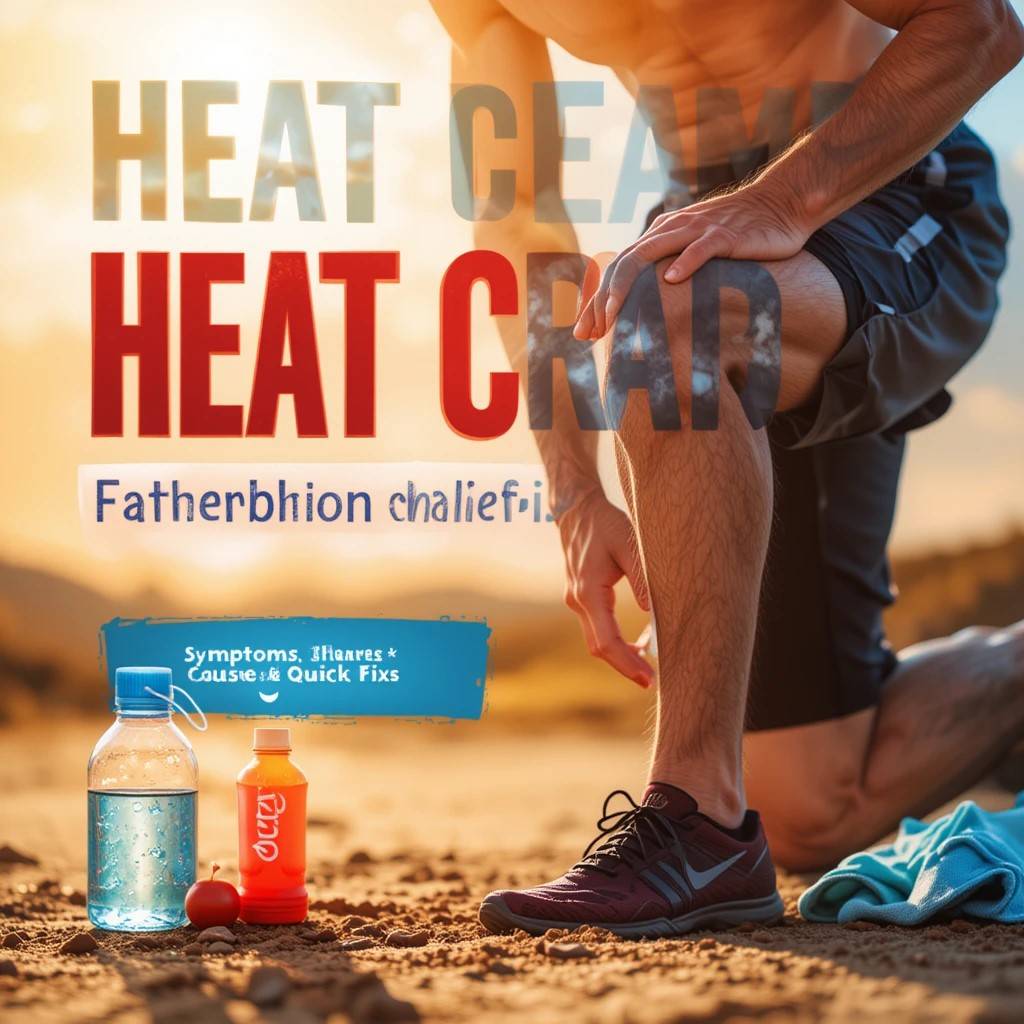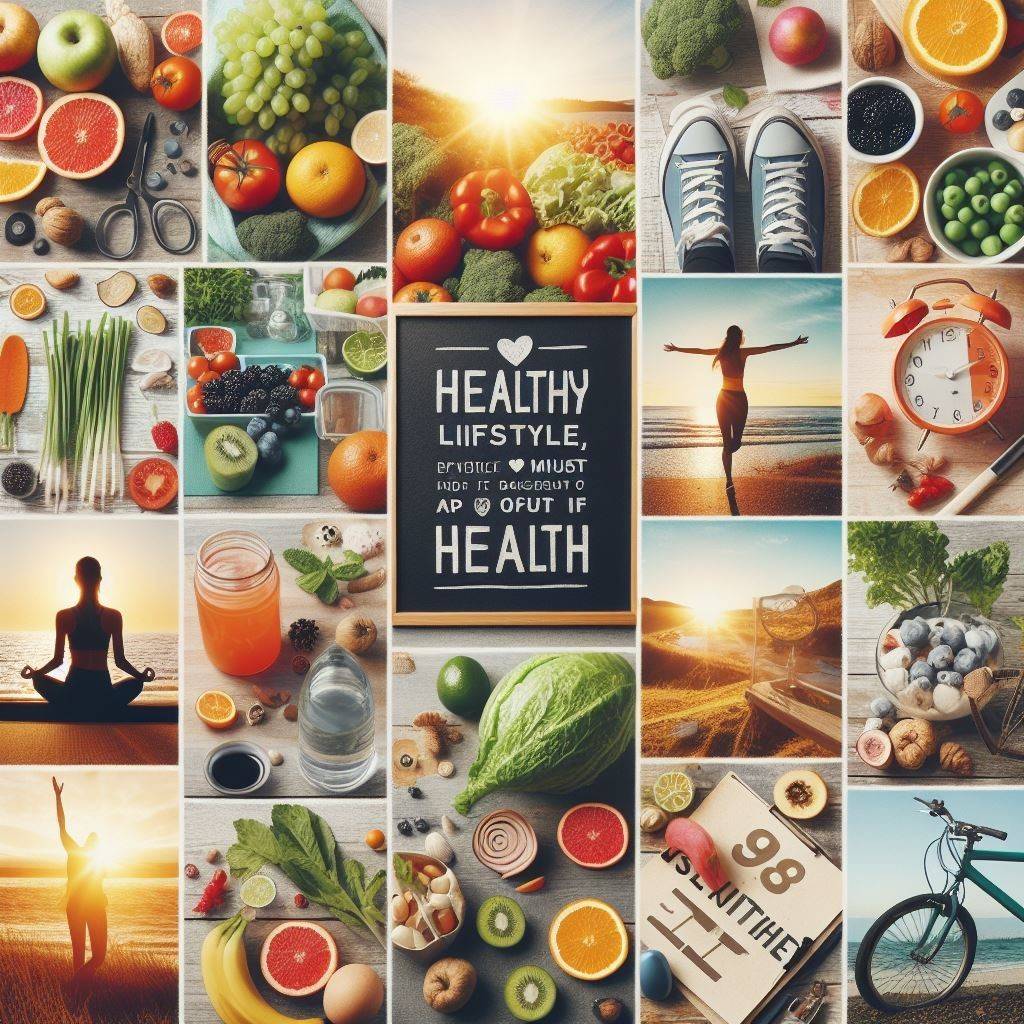Heat cramps are painful muscle spasms that happen when your body gets too hot and loses important minerals through sweating. These sudden muscle contractions can strike anyone during hot weather or intense physical activity. The good news is that heat cramps are preventable and treatable with simple steps like proper hydration, rest, and electrolyte replacement.
I have seen many athletes and outdoor workers struggle with these painful episodes, but understanding the causes and quick fixes can help you stay safe and comfortable during hot weather.
What Are Heat Cramps?
Heat cramps are the least severe type of heat-related sickness. They are painful muscle spasms that occur when your body overheats and loses too much salt and water through sweating. These cramps are one of the first stages of heat illness and are associated with heavy perspiration.
I like to think of heat cramps as your body’s early warning system. When I work in my garden during summer, I’ve learned to recognize these signals before they become serious problems. Discomfort can start small but quickly escalate to intense cramps that halt movement.
These muscle cramps usually happen in your:
- Legs (especially calves)
- Arms
- Stomach muscles
- Back muscles
Signs and Symptoms of Heat Cramps
Knowing the warning signs helps you act fast. Here are the major symptoms I’ve observed:
Primary Symptoms
- Sudden, sharp muscle spasms
- Painful cramping in working muscles.
- Hard, tight muscles you can feel under the skin.
- Muscle cramps that come and go
Secondary Signs
- Heavy sweating or stopped sweating.
- Feeling tired or weak
- Thirst
- Mild dehydration symptoms like dizziness
If cramps are severe, last more than an hour, or come with nausea, vomiting, or confusion, seek medical help immediately. They may point to early signs of heat exhaustion or even heat stroke.
What Causes Heat Cramps?
Understanding heat cramp causes helps you prevent them. I have tested different prevention methods over the years, and knowing the root causes makes all the difference.
Primary Causes of Heat Cramps
Salt Loss and Dehydration When you sweat, you lose water and essential minerals called electrolytes. Excessive sweating drains your body’s fluids and salt, triggering sharp muscle cramps. I have noticed this happens most often during my summer workout safety routines when I do not drink enough fluids.
Electrolyte Imbalance. Your muscles need the right balance of minerals to work properly. Electrolyte imbalance disrupts normal muscle function. Sweating during exercise or because of heat can result in significant loss of electrolytes, particularly sodium and potassium.
Physical Exertion in Heat Working or exercising hard in hot weather puts extra stress on your body. Your muscles work harder, you sweat more, and you lose fluids faster than usual.
Risk Factors for Heat Cramps
Poor Fitness Levels: People who are not used to exercising in the heat get cramps more often. Their bodies have not adapted to managing high-temperature workouts safely.
Age Factors Older adults and young children are at higher risk. Research shows that 74% of cramps occur in athletes and high environmental heat conditions.
Medical Conditions Some health problems increase your risk:
- Magnesium deficiency
- Heart conditions
- Kidney disease
- Diabetes
Certain Medications: Water pills, blood pressure medicines, and some heart medications can affect your body’s ability to manage heat and maintain proper electrolyte balance.
Quick Fixes for Heat Cramps Treatment
When heat cramps strike, fast action prevents them from getting worse. Here is my step-by-step cramps treatment guide:
Immediate Steps
Stop All Activity. Stop pushing through pain risks serious heat illness.
Find a Cool Place. Get out of the heat right away. Go indoors with air conditioning if possible. If not, find shade and remove extra clothing.
Start Hydration: Begin drinking fluids immediately. Drink a sports drink with electrolytes and salt, or drink cool water. I prefer sports drinks because they replace lost minerals faster than plain water.
Advanced Treatment Methods
Electrolyte Replacement. New research has revealed that drinking electrolytes instead of pure water can help prevent muscle cramps. You can:
- Drinking sports drinks
- Make your solution with 1/4 teaspoon salt in a quart of water.
- Eat salty snacks.
Muscle Relief Techniques: Apply firm pressure and work the muscle gently. Use a warm compress for relaxation or a cold pack to reduce inflammation. I have found gentle stretching works best when done slowly. Rest and Recovery: Give your body time to cool down and rehydrate. Do not return to activity until cramps are completely gone and you feel normal again.
Prevention Strategies for Heat Illness
The best heat illness prevention starts before you go outside. Here are proven strategies:
Hydration Tips for Success
Pre-Activity Preparation: Start drinking fluids 2-3 hours before going out in the heat. Drink water and have a snack or drink that replaces carbohydrates and electrolytes every 15 to 20 minutes.
During Activity
- Drink lesser amounts frequently.
- Don’t wait until you are thirsty.
- Choose drinks with electrolytes for activities for over 1 hour.
Post-Activity Recovery: Continue drinking fluids after you finish. Weigh yourself before and after – drink 16-24 ounces of fluid for every pound lost.
Smart Planning for Hot Weather
Timing Your Activities: Avoid the hottest parts of the day (10 AM to 4 PM). Schedule summer workout safety sessions for early morning or evening.
Clothing Choices
- Wear light-colored, loose-fitting clothes.
- Choose moisture-wicking fabrics.
- Wear a hat and sunglasses.
Gradual Adaptation: If you are not used to heat, start slowly. Accumulate your activity time over 7-10 days to help your body adapt.
Understanding Heat Illness Stages
Heat cramps are just the beginning of heat illness. Understanding all stages helps you recognize when to seek help:
The Five Stages of Heat Stress
- Heat Rash – Red, itchy skin from blocked sweat glands.
- Heat Cramps – Painful muscle spasms from mineral loss.
- Heat Exhaustion – More serious with heavy sweating, weakness, and nausea.
- Heat Stroke – Life-threatening with high body temperature, confusion.
- Hyperthermia – Severe overheating requiring emergency care.
Heat Exhaustion vs Heat Cramps
Heat exhaustion is more serious than heat cramps. Heat exhaustion is a severe heat condition triggered by losing salt and fluids.
Signs of heat exhaustion include:
- Heavy sweating or no sweating
- Weakness or fatigue
- Nausea and vomiting
- Headache
- Dehydration symptoms like dizziness
Nutrition and Heat Cramps
What you eat affects your risk of heat cramps. I have evaluated various foods and found these most helpful:
Potassium-Rich Foods
Bananas. These are my go-to snacks before outdoor work. Bananas deliver fast energy with a boost of potassium and natural sugars.
Watermelon keeps you cool—it’s loaded with water and natural electrolytes. I snack on it while taking yard work breaks.
Leafy greens like spinach pack magnesium and potassium in every bite. Add them to smoothies or salads.
H3: Sodium Sources
Natural Salt Sources
- Pickles and pickle juice
- Salted nuts
- Whole grain crackers with salt
Homemade Sports Drinks Mix 1/4 teaspoon salt, 2 tablespoons sugar, and 1 cup water. Add lemon juice to flavor.
Foods to Avoid
High Sugar Drinks. Many sports drinks contain high quantities of sugar, which can lead to stomach distress during strenuous activity.
These can increase alcohol and caffeine dehydration and make heat cramps worse.
When to Seek Medical Help
Most heat cramps resolve with simple care, but some situations require medical attention:
Emergency Warning Signs
Severe Symptoms
- The cramps lasted more than one hour.
- Signs of heat stroke (confusion, high fever, no sweating)
- Vomiting prevents fluid intake.
- Dehydration symptoms that do not improve
High-Risk Individuals: People with heart disease, diabetes, or kidney problems should seek help sooner rather than later.
Summer First Aid Basics
What to Do While Waiting for Help
- Move people to a cool area.
- Remove excess clothing.
- Apply cool water to the skin.
- Give small sips of electrolyte solution if the person is conscious.
What NOT to Do
- Do not provide ice water or alcohol.
- Do not leave a person alone.
- Do not wait if symptoms worsen.
Recovery and Return to Activity
After experiencing heat cramps, proper recovery prevents future episodes:
Recovery Timeline
First 24 Hours
- Rest in a cool environment
- Continue regular fluid intake.
- Eat normal meals with adequate salt.
- Monitor for recurring symptoms.
Return to Activity
- Wait until completely symptom-free.
- Start with shorter, less intense activities.
- Increase gradually over several days.
- Pay extra attention to hydration tips.
Long-Term Prevention
Lifestyle Changes
- Improve overall fitness gradually.
- Learn your personal heat tolerance.
- Develop consistent hydration habits.
- Plan activities around weather conditions.
FAQs About Heat Cramps
How do you get rid of heat cramps?
To get rid of heat cramps, follow these steps immediately:
- Pause all activity and cool off in a shaded spot.
- Drink fluids with electrolytes (sports drinks or water with salt)
- Gently stretch and massage the cramping muscle.
- Apply cool compresses to the affected area.
- Rest until cramps completely stop.
Chill out in a shaded spot and sip water or an electrolyte-packed sports drink. Most heat cramps resolve within 15-30 minutes with proper treatment.
What are the signs of heat cramps?
The major signs of heat cramps include:
- Sudden, painful muscle spasms in legs, arms, or stomach
- Hard, tight muscles you can feel under the skin.
- Cramping that comes and goes.
- Heavy sweating or stopped sweating.
- Feeling tired or weak
- Thirst and mild dizziness.
Heat cramps are sharp muscle pains caused by fluid and nutrient loss from heavy sweating.
What are the 5 stages of heat stress?
The five stages of heat stress progress from mild to life-threatening:
- Clogged sweat glands cause itchy, red heat rash.
- Heat Cramps – Painful muscle spasms from electrolyte imbalance.
- Heat Exhaustion – Heavy sweating, weakness, nausea, headache.
- Heat Stroke – High body temperature, confusion, altered mental state.
- Hyperthermia – Severe overheating requiring emergency medical care.
Each stage is more serious than the last. Heat cramps are an early warning sign that should not be ignored.
What drink stops muscle cramps?
The best drinks to stop muscle cramps are those with electrolytes.
- Sports drinks with sodium and potassium
- Coconut water (natural electrolytes)
- Homemade electrolyte solution (1/4 teaspoon salt in 1 quart of water)
- Pickle juice (high sodium content)
- Tart cherry juice (natural anti-inflammatory compounds)
New research has revealed that drinking electrolytes instead of pure water can help prevent muscle cramps. Plain water alone may not be enough to stop cramps caused by electrolyte imbalance.
The key is replacing both fluids, and minerals lost through sweating. I’ve found that sports drinks work fast, but homemade solutions are just as effective and more affordable for regular use.
Conclusion
Heat cramps are your body’s early warning system for heat illness. While painful, they are preventable and treatable when you know what to do. The key is staying ahead of the problem with proper hydration, gradual heat acclimatization, and smart activity planning.
React quickly, stay hydrated and plan early to dodge severe heat issues. Listen to your body, take early precautions, and seek help if needed. Beat the heat before it beats you!



